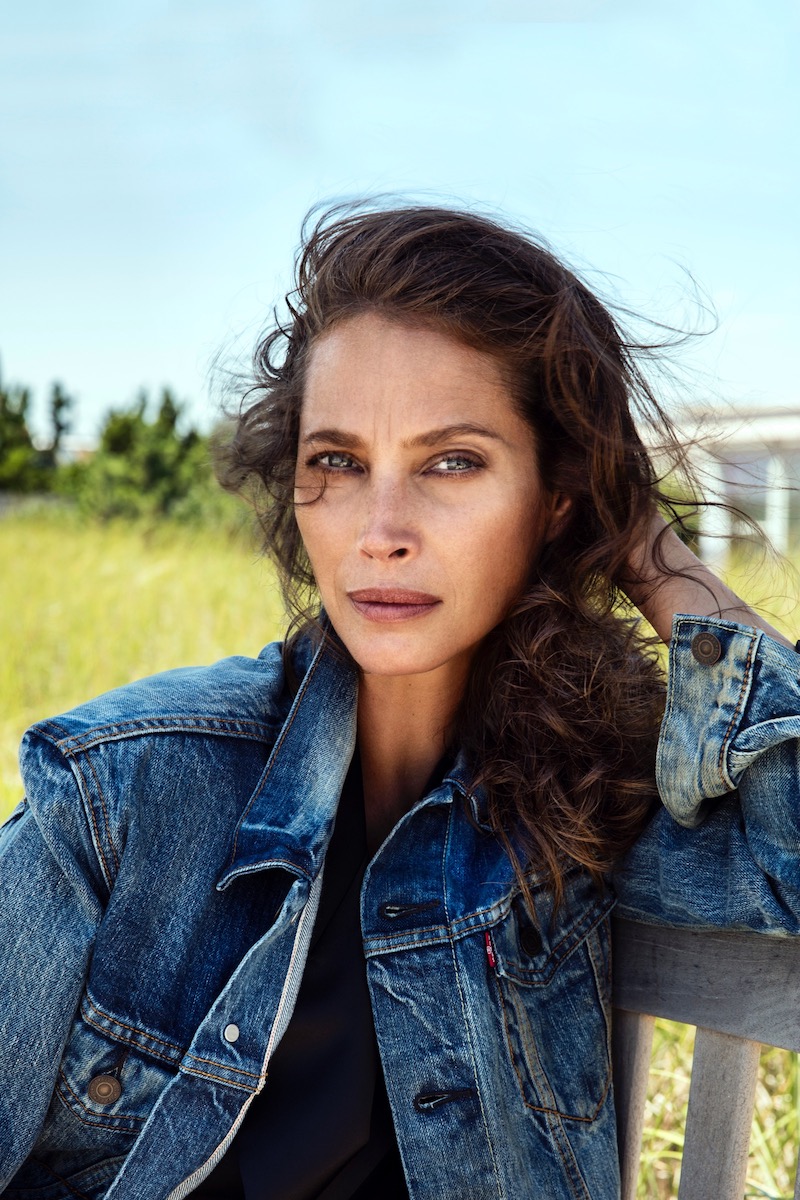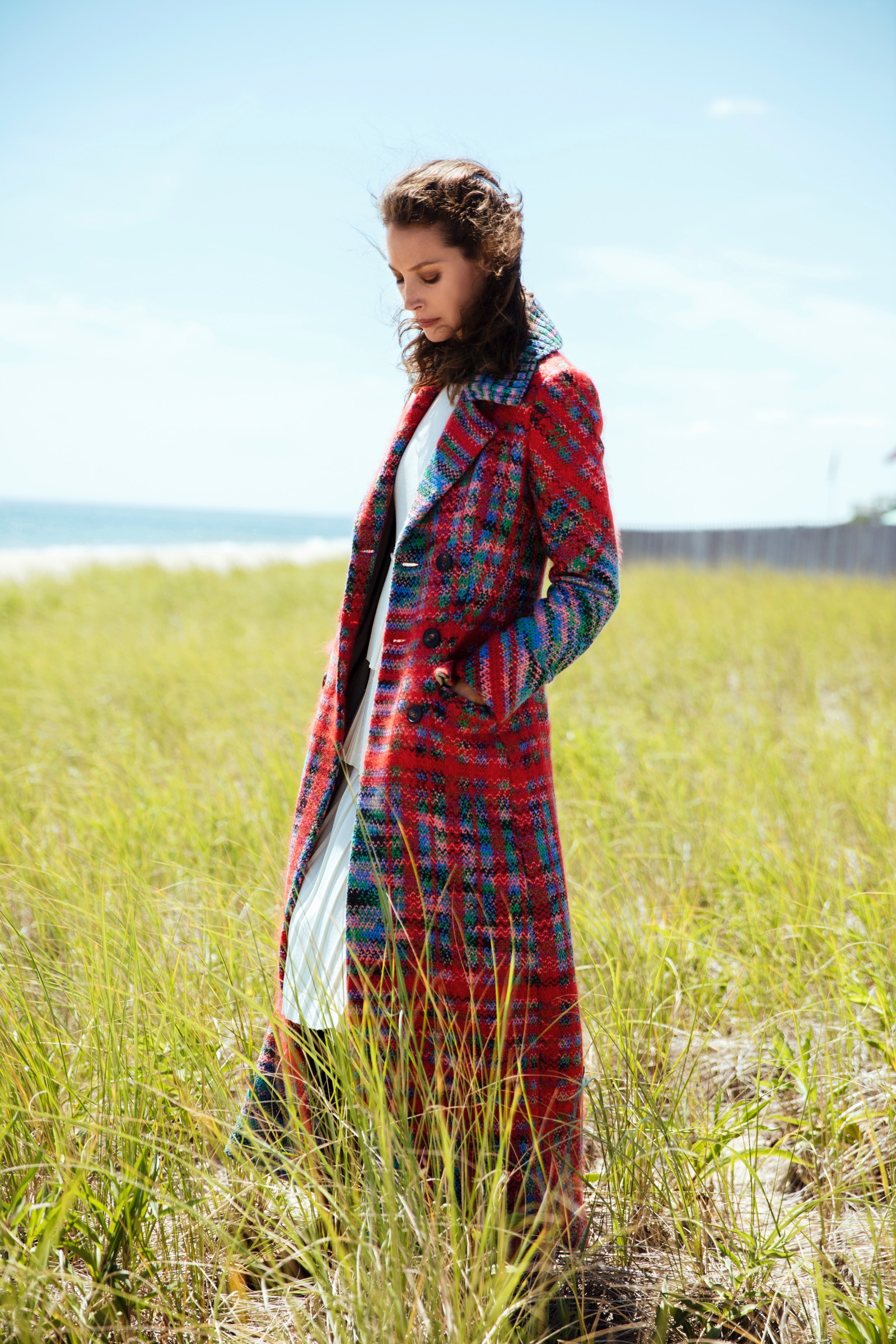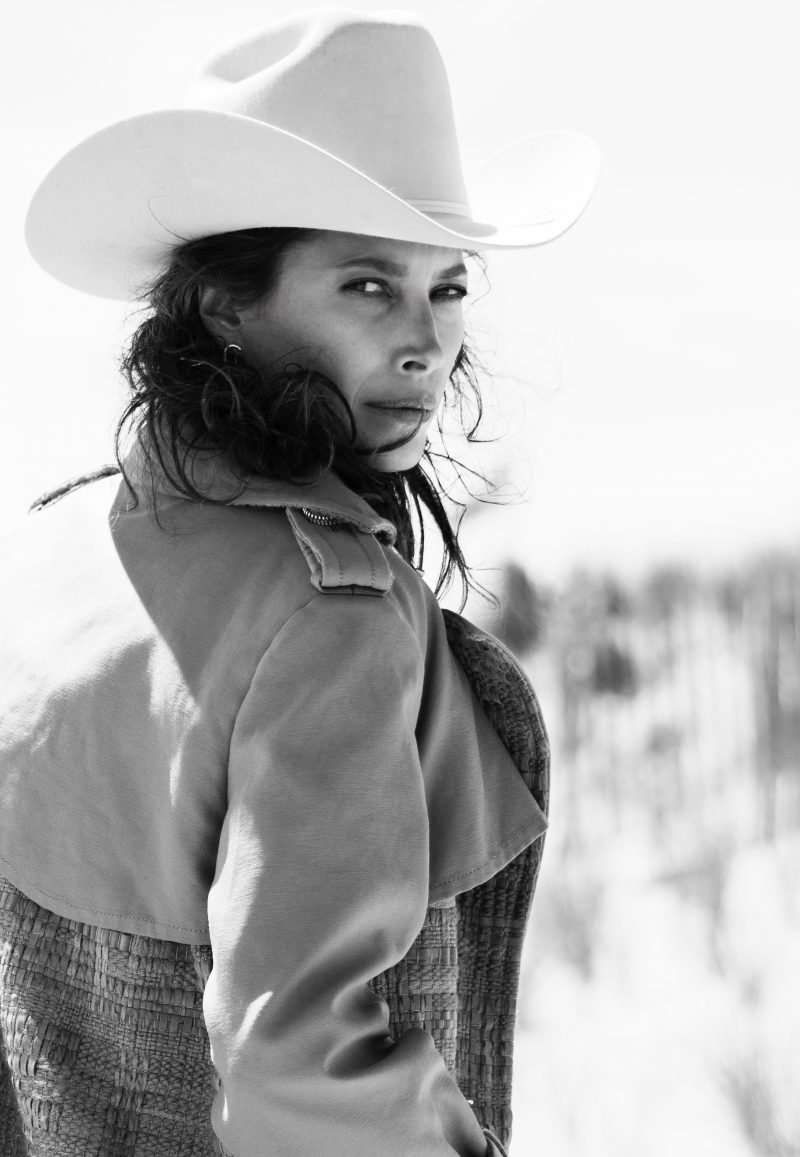
Through her iconic career in fashion, Christy Turlington Burns has spent much of her life defining outer beauty, but her efforts to help others is the ultimate expression of her inner beauty. Her commitment to self-improvement through fitness and holistic health twenty years ago led to her creation of Sundari, a high-end natural skin care line; her pursuit of yoga and meditation, and her emergence as a leader in the mind-body wellness movement, was celebrated with a “Science of Yoga” Time magazine cover in 2001. After experiencing a postpartum hemorrhage following the birth of her first child, Grace, in 2003, Turlington Burns felt compelled to help women worldwide have access to maternal health programs. In 2010, she founded Every Mother Counts, a nonprofit with the goal “to make pregnancy and childbirth safe for every mother, everywhere.” It has since impacted the lives of over 600,000 people by helping women access maternal care both in the U.S. and internationally. A dedicated resident of East Hampton (she met her husband actor-director Ed Burns at a party in the Hamptons in 2000; soon after, her sister Kelly married Ed’s screenwriter brother Brian), the natural beauty sat down with her yoga teacher and longtime friend, Erika Halweil, to discuss her life, her loves and the many facets of Every Mother Counts.–Cristina Cuomo
ERIKA HALWEIL: Complications with the birth of your first child really focused you on the issue of maternal health. You’ve been outspoken about your post-partum hemorrhage, but can you explain how that experience led you to create Every Mother Counts?
CHRISTY TURLINGTON BURNS: I think very early in my life, I had hoped to do something purposeful and I was ready for something to change my life when I first gave birth. I don’t think I could’ve predicted or even asked the universe for the experience I had with my delivery of Grace—she’s 13 now—but I’m so grateful to have had it. While connecting with other women, and sharing the details with anyone who would want to hear them, it became clear we don’t talk about these things in as much detail as we should. If we did, we would be better prepared if something does happen. Wanting to build on that very personal experience, and to make sure that other women had choices, options, care and relationships to get through the best things in life and the scariest, worst things—that’s really the heart of the work I do now.
EH: I am really interested in the running groups that you’ve fostered to spread the message of Every Mother Counts—were you always a runner?
CT: I ran as a kid, and played a lot of other sports too. I had lost that, and I came back to it because Every Mother Counts was given some spots in a marathon. We were a fairly new charity at the time. I ran my first race in New York City in 2011, and as soon as I started training for it, it became so clear the connection between distance running and childbirth and motherhood. One of the biggest barriers that women face is accessing maternity care during pregnancy and the postpartum period, so the distance theme is ever-present. Anytime I went outdoors to see how far I could run, I just kept thinking about the work that we do, so it became a kind of mantra. When you discover something for yourself, you want to share it. I felt the same way when I first went to Jivamukti yoga—you want everybody to do it. I never would have thought to run, and as a yogini I was like, running’s terrible and can’t be good for you. The two things together turned out to be so beautifully complementary. And our community is building through running because people—no matter where they are, whatever their fitness ability—can try it; they can set a goal and they can surpass it and surprise themselves. And they can become healthier and at the same time help other people attain access to health care.
EH: I believe that in order to be an effective philanthropist, you need to be firmly established in your own clarity, health and wellness. I feel this has helped you spread your message, first through yoga, then through running, and also through film, with your documentary No Woman, No Cry. What led you to make the film?
CT: The film came about because I had this experience, and I was ready to understand more about the global picture of maternal health. I was back in school at Columbia, where I was getting a master’s in public health, and the next thing was, how do I share this information? How do I disseminate it? I started to make the film in 2008 and finished in 2010. I didn’t expect that I was going to start an organization. Initially, Every Mother Counts was a campaign to help shine a light on the fact that this issue was global, and that it was not getting better in many places. As I shared the film and had conversations with audiences all over the world, people began asking what they could do to help. Running fits so well: You can run a race, you can join this team.
EH: It motivates them to take their own health more seriously.
CT: Exactly. I like that we are an organization that is focused on health, and that permeates everything we do. We are a team of 12, and everybody is very active. There are a lot of NGOs and organizations around the world that are focused on health but they lead the most unhealthy lives. It’s one of those things that I will never understand. Doctors who smoke—that drives me crazy.

EH: I noticed on your website that there are lots of real women, real stories, real concerns. You’ve established a lot of sharing and community.
CT: My story, strangely, was not intended to be a part of my film, but as I was making the film, I had to explain why I am telling the story. It’s not that I didn’t want to, but it didn’t seem as important until I was finishing the film. Every time I show the film, I tell my story as well, but I didn’t want to create an organization based on it. I think the tragedy of maternal health and maternal mortality is that it is too many people’s stories. One of our goals is supporting the training of midwives and skilled birth attendants. These things take a lot of time, we’re not in it for the short haul. We are interested in lasting change.
EH: Has this round of travel shifted the way you bring health into your own home, your approach to influencing your children, or your husband?
CT: I try to get my family to travel as much as they can; what’s not to like about the beautiful world we live in? Both of my kids, when they were babies, traveled with me all the time. Anywhere I went, they came, too. I took my daughter with me on a trip to Guatemala this year. She’ll probably go back later in the year. My office is around the corner from their school, so they are in and out all the time. Sometimes they are here doing homework. They know the work that I do, where that work is being done, what most of the challenges are. I hope to expose them to things through my enthusiasm and dedication to what’s most meaningful and important to me. I think that you can’t really say and teach more than what you would model. That’s my plan.
EH: In light of that plan, do you prefer certain activities, certain foods or beverages, or even thoughts as a kind of a daily requirement? Do you drink lemon water in the morning or wake up expressing gratitude?
CT: Definitely gratitude. I feel like that’s something that works. In terms of food, I do my best to eat cleanly. I don’t deny myself anything, but I believe in moderation. Be open, be flexible, try things, experiment—I think that’s really important and how we learn. I listen to my body. Probably because of my yoga practice, I feel like I trust my body when it says I really want to have this or have that.

EH: When you spend more time out east, do you have favorite trails or runs?
CT: I run mostly in East Hampton because I live in that area. I run on the road, mainly because there is more shade. I know every tree-lined street. I also know every beach that has a walkway, a fountain or a shower, so if it’s really hot, I have a plan to stop and hydrate or cool down.
EH: You run midday or later?
CT: Yeah, I’m not an early riser at all. I only rise early if I have to, it’s not at all my natural state. I need to get everybody out of the house and everywhere they need to go before I can run. My daughter rides, so I spend a lot of time around horses. I grew up riding. That is heavenly—the smells and connection to animals as magnificent as horses are. My husband likes to be on the water. I don’t do it as much as he would probably like—he’s always trying to get us on the boat. That’s the beauty of the Hamptons. From the beaches to the farms to the horse properties, there is just so much. We try to take advantage of it as much as we can.
EH: Does Ed catch fish for you out on the boat?
CT: He does. Mostly fluke or flounder, and if he gets any of that, he’ll grill it up.
EH: What else would I see on your summer table?
CT: We live on farm stand tomatoes and berries too, but it’s like, How many things can you put tomatoes in?
EH: When you cook, aside from a tomato salad or gazpacho, what else might you make?
CT: We do lots of chicken, a fair amount of shrimp or any kind of clams or shellfish. Mostly grilling and salad, lots of salads.
EH: What wellness tips would you offer someone who is looking for a bit of inspiration?
CT: I would give advice based on what happened for me. Through having a steady yoga practice, I was able to have an appreciation for my body and my most creative ideas happened through that practice. I really do think of it as a life practice. I’m constantly moving and not any single day is set up the same. I think people are intimidated by, ‘Oh gosh, I have to do this or that’…no, you don’t have to do anything, it’s a matter of what feels right for you and listening to your body.
EH: Have you continued with your meditation practice?
CT: I try to. Just a couple of minutes a day after a class or at the beginning of a run, to set an intention in a not-very-structured way. My kids were both really into Headspace, the app, so for a while we were just doing that together, because they liked the voice. You kind of get attached to the voice, but I really think of meditation in a lot less rigid way. I need to be able to do it when I need it, and wherever I am, because I’m constantly moving. There is not any single day that my day is set up the same, so it’s hard to create a kind of routine. So many teachers say that no matter what’s going on, whatever chaos, whatever noise, you have to be able to go there. I try to allow myself go to there whenever I need to. It’s not very structured, there’s no specific school of meditation or name, but I’ve found something that works for me.








